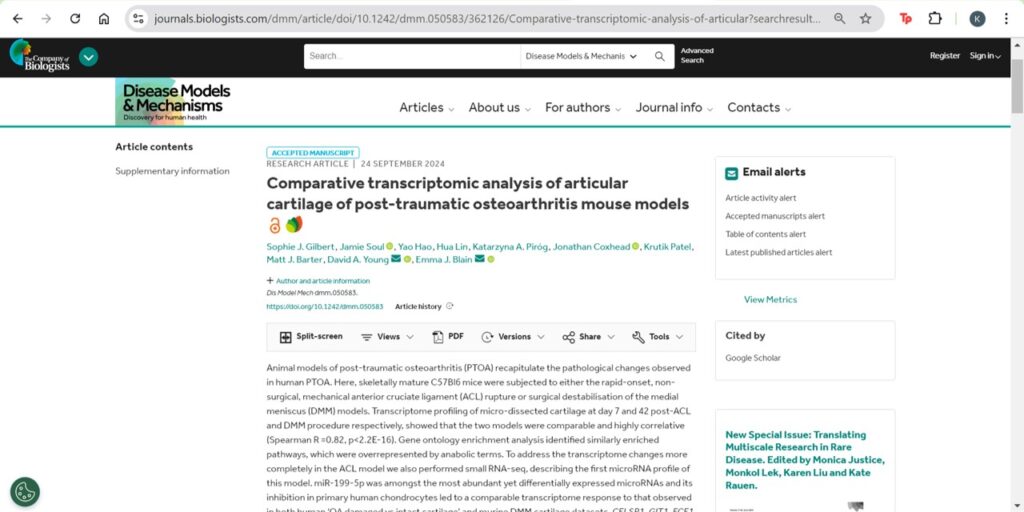
Our new collaborative paper detailing the role of mir140 in joint development has just been published in Osteoarthritis and Cartilage. This work was performed by Dr Yao Hao during his PhD candidature in the Skeletal Research group at Newcastle University.
Congratulations Yao!







